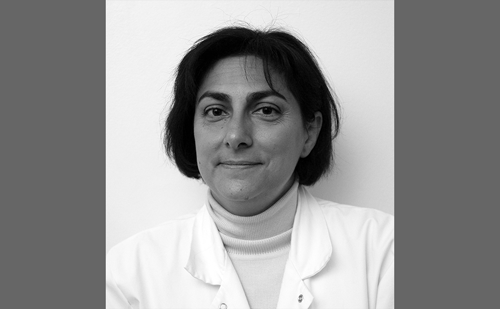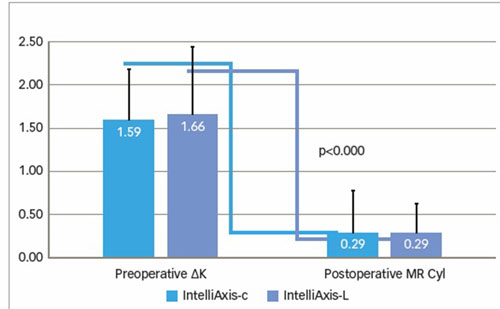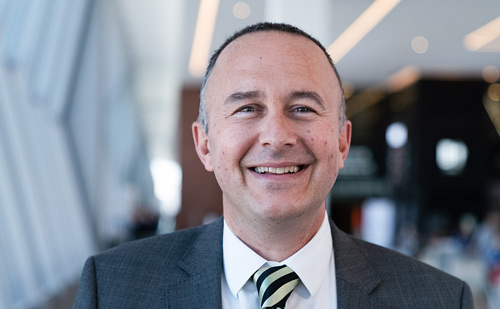Welcome to the latest edition of European Ophthalmic Review. In our ageing population, preserving and/or restoring good quality vision is a major challenge. This journal features a wide range of articles reflecting the rapid pace at which the ophthalmologic community are addressing this challenge.
Our expert interviews have become a popular feature of our journals and this issue features three interviews. Leopoldo Spadea describes recent advances in keratoplasty and collagen cross-linking in the treatment of keratoconus. Kevin Blinder discusses the issue of patients that respond poorly to the standard treatment regimen for diabetic macular oedema (DMO). Finally, I discuss the challenges of the use of anti-vascular endothelial growth factor (VEGF) drugs in the treatment of choroidal neovascularisation (CNV).
Small incision lenticule extraction (SMILE) has been growing in popularity as a treatment for refractive error. Dan Reinstein shares practice pearls gained from 4,000 cases which have facilitated the process as well as resulting in better outcomes and fewer complications.
While corneal transplantation was once the only treatment option for Fuchs endothelial dystrophy (FED), the evolution of small incision procedures has transformed the management of this condition. Mehta et al. describe these and other emerging strategies in this rapidly developing field.
Cataract surgery is one of the most common surgical procedures performed worldwide and its incidence is increasing. As a result, even infrequent complications are a growing concern. Hadi Kjærbo describes the pathophysiology and consequences of pseudophakic macular oedema (PMO) following cataract surgery, as well as evaluating the benefits of the routine use of nepafenac in preventing PMO.
The incidence of glaucoma is second only to cataract among visual disorders and is projected to rise. Sameh Mosaed presents an original study comparing the outcomes of Trabectome® surgery between surgery-naïve eyes and eyes that have previously undergone incisional surgery. Also of interest to glaucoma specialists is Grosso et al.’s original research article which explores the impact of short-term intraocular pressure spikes that occur during laparoscopic colorectal surgery.
Age-related macular degeneration (AMD) is another leading cause of vision loss among elderly individuals. Consequently, there is considerable interest in preventing or slowing the progression of AMD. My coauthors and I discuss the benefits of micronutrient supplementation for reducing the risk of AMD progression.
While ophthalmologic surgery and drug therapy have seen substantial recent advances, imaging techniques continue to evolve. Romano et al. review the literature describing optical coherence tomography (OCT) angiography (OCT-A) in the evaluation of inherited retinal dystrophies.
Dry eye disease (DED) is reported by one-quarter of patients who visit ophthalmic clinics and is known to impact on mental health, as well as being triggered by issues including sleep disorders, anxiety, depression and mood disturbances. In an original study, Singh et al. explore the relationship between DED and psychiatric disorders.
European Ophthalmic Review would like to take this opportunity to thank all participants on this edition, from organisations to individuals. A special thanks goes to our editorial board for their continuing support and guidance. We are also grateful to the expert authors, who gave their valuable time and effort to produce these insightful articles. We hope that the variety of topics covered provide something of interest for every reader and that you find this edition useful and thought provoking.














